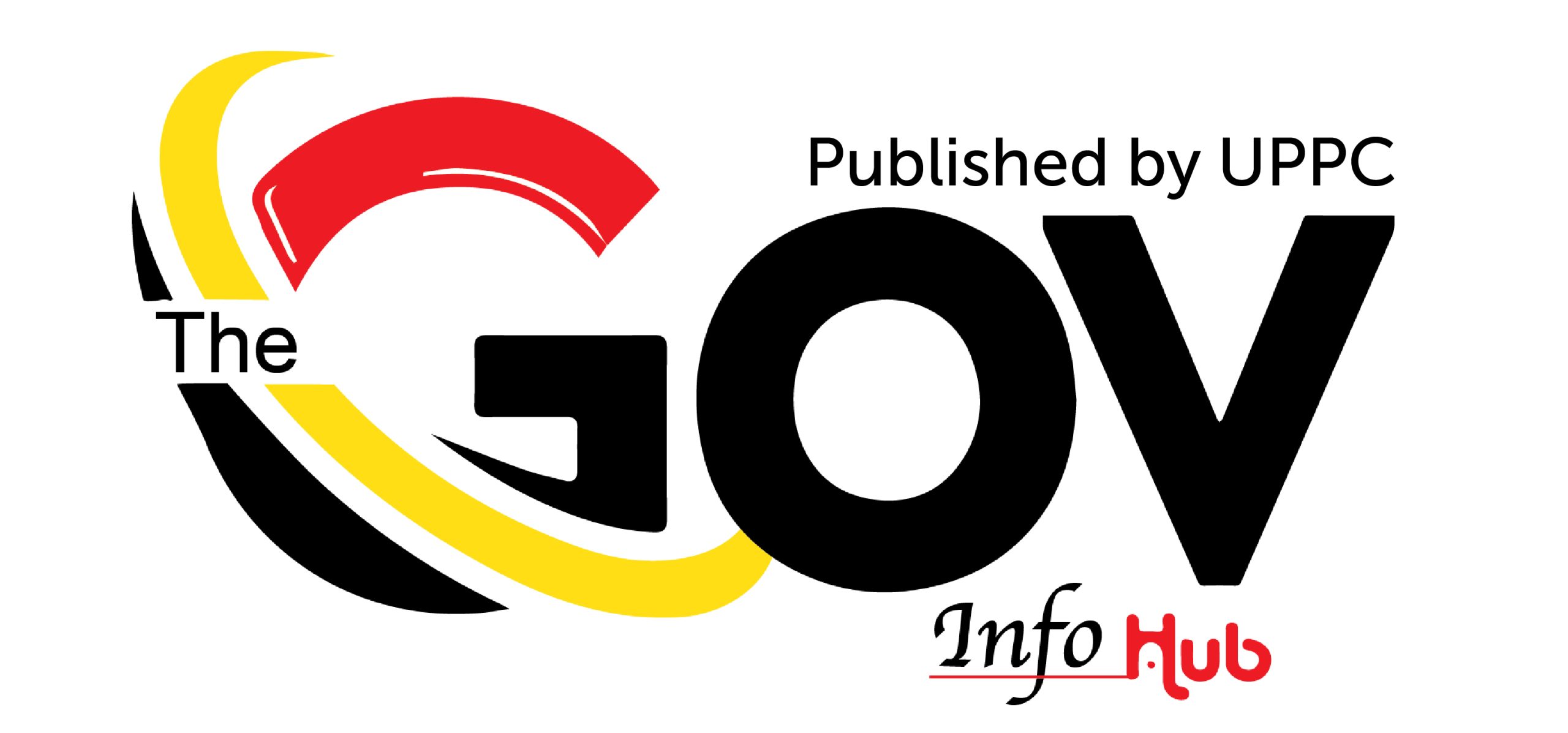By Fidel Boy Leon
“Stealing a drum is easy, but finding a place to beat it is not.” In traditional African societies, the drum is not just an instrument; it’s a symbol of power, communication, and unity. But possessing a drum is only the beginning. What matters is where and how it is played, whether its sound reaches the village or fades into silence.
Uganda has acquired the digital drum. Over the years, it has invested in infrastructure, launched e-government platforms, and laid the foundation for a modern public service. But now comes the harder task: making those systems resonate with citizens, and ensuring their rhythm is heard and embraced nationwide.
This is the focus of the National Information Technology Authority – Uganda (NITA-U), which on August 1st convened a high-level validation workshop with Ministries, Departments, and Agencies (MDAs). The purpose? To rally support for a new Change Management, Marketing, and Public Relations Strategy that aims to accelerate the adoption of e-government services across the public sector.
Uganda’s digital transformation is no longer about creating systems. It’s about changing behaviours, reshaping attitudes, and building trust in new ways of delivering public services.
The newly launched strategy, developed with support from ICT experts, is part of the country’s wider Digital Acceleration Program, closely aligned with the Digital Uganda Vision and National Development Plan III.
“We are not just launching systems; we are transforming how government works,” said Dr. Hatwib Mugasa, Executive Director of NITA-U.
The strategy introduces a people-driven structure for managing digital change. NITA-U Account Managers will be assigned to each MDA as Change Management Champions and internal Change Agents will be identified and trained within institutions to drive ownership and leadership from within.
Together, they will form a decentralised change network, one that encourages smoother, faster, and more sustainable adoption of e-services.
This network is key to shifting the culture within government and amongst citizens, ensuring digital platforms become the new norm rather than unfamiliar tools.
For most Ugandans, especially those in rural or underserved regions, accessing public services remains a challenge. Physical travel to district offices or Kampala, long queues, paper-based processes, and informal costs create barriers that disproportionately affect the poor and vulnerable.
The transition to digital platforms is about solving these long-standing problems. For the Government, it means improved coordination and planning through real-time data sharing, cutting down paperwork and inefficiencies and strengthening transparency and accountability.
For the citizen, the transition means a reduction in waiting times and travel expenses, limited exposure to corruption and bureaucratic hurdles and direct access to essential services, anytime, anywhere.
But for these benefits to be realised, people must first know the platforms that exist, trust that they work, and have the means to access them.
Uganda has made notable strides in developing its digital government infrastructure. Several key platforms are currently active and functional; however, public awareness and usage remain relatively low.
The Uganda Registration Services Bureau (URSB) offers an Online Business Registration Portal where entrepreneurs can reserve business names, register companies, and download legal documents, all without needing to visit physical offices.
Similarly, the Uganda Revenue Authority (URA) operates a fully functional E-Tax System that allows taxpayers to file returns, apply for Tax Identification Numbers (TINs), and make payments online. Additionally, the National Identification and Registration Authority (NIRA) has launched an Online Birth and Death Registration platform, enabling citizens to request official documents digitally. These systems significantly reduce bureaucracy, save time, and eliminate the need for middlemen
Despite the impressive lineup, usage remains low, especially in rural areas. A mix of low digital literacy, poor connectivity, and limited public engagement continues to hold back progress. This is the gap the new strategy seeks to close.
The Change Management Strategy, running from 2025 to 2026 with a long-term vision through 2030, aims to shift the focus from simply deploying digital platforms to ensuring their effective adoption and use. It emphasises embedding a culture of change within government departments, improving public communication and awareness of digital services, and building digital confidence amongst both civil servants and citizens.
A key priority is fostering greater coordination across all Ministries, Departments, and Agencies (MDAs) to avoid duplicated efforts and reduce confusion, ensuring that the digital transformation is cohesive, inclusive, and sustainable.
But even the best strategy is only as strong as its implementation. That’s why NITA-U is emphasising internal ownership. By empowering Change Agents within each institution, the strategy ensures that digital transformation doesn’t just come from the top, but grows from the inside out.
The proverb reminds us that building something is one thing; making it matter is another. Uganda has built the drum. It’s time to beat it, not behind closed doors in ministry offices, but in the open, where citizens can hear it, feel it, and move with it.
Digital transformation is not about gadgets or websites. It’s about service, trust, and access. The tools are in place. The will is there. What remains is the human connection, the belief that technology can serve all, not just the few.
NITA-U’s strategy may finally be the rhythm Uganda needs. But the success of this moment depends not on systems alone, but on whether every MDA, every official, and every citizen is ready to dance to the digital beat.


